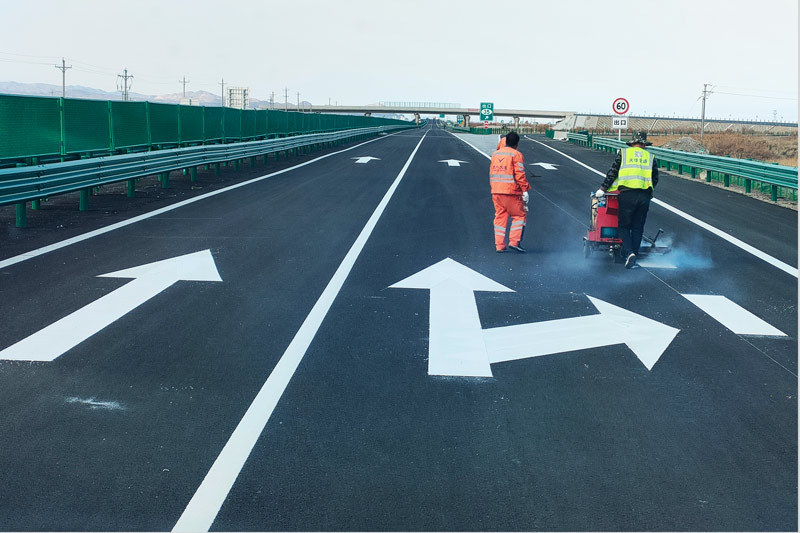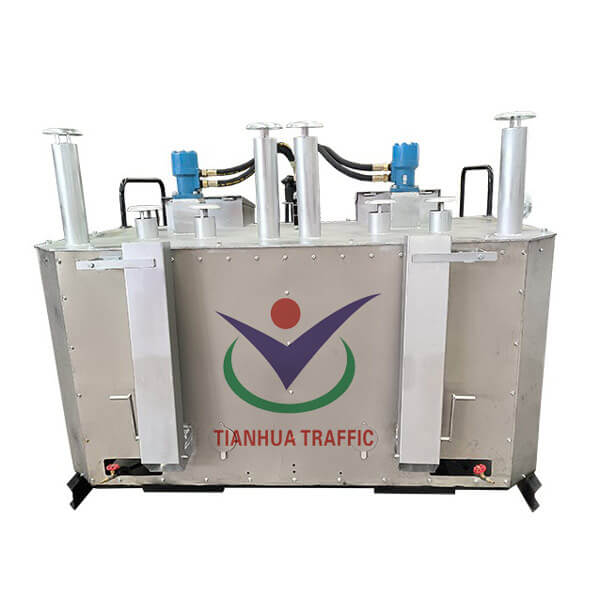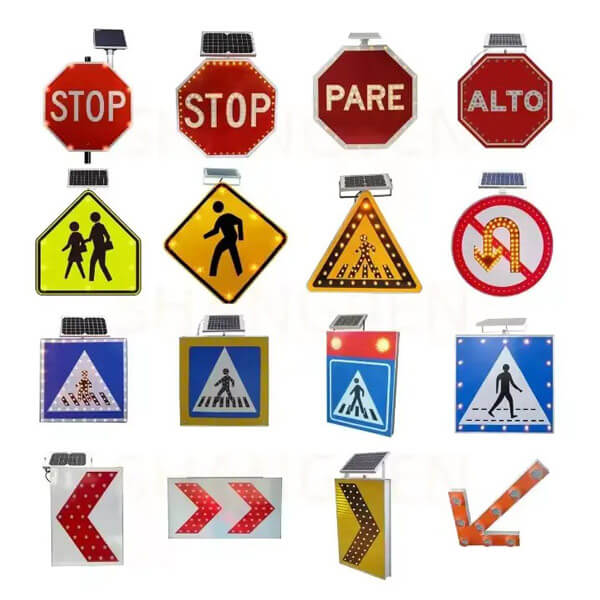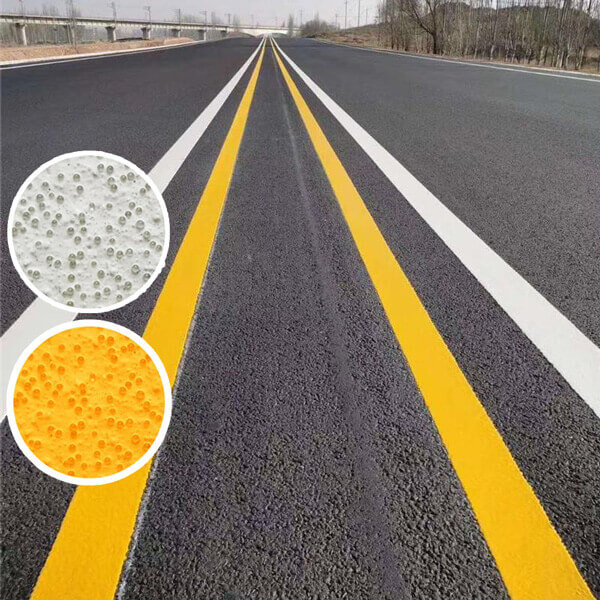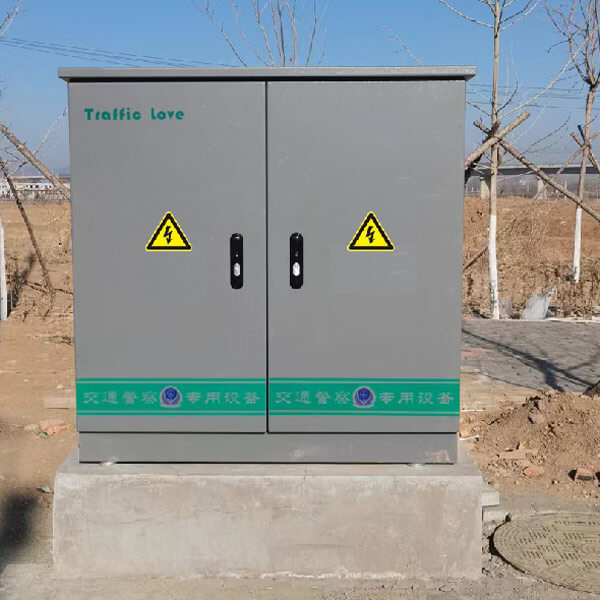Thermoplastic Road Marking Paint: Price, Standards, and Key Features
Introduction:
Thermoplastic road marking paint is a highly durable and commonly used material for road markings worldwide. Applied by preheating the material and spraying it onto road surfaces, it is widely recommended by transportation authorities due to its durability, visibility, and safety features. According to the International Organization for Standardization (ISO) and ASTM International, thermoplastic road marking paint has become the standard for ensuring safe and efficient traffic flow in a variety of environments.
Types of Thermoplastic Road Marking Paint
- Standard Thermoplastic Road Marking:
The most commonly used type for urban roads, highways, and rural roads. This type is favored for its excellent wear resistance and longevity, often recommended by transportation agencies like the European Committee for Standardization (CEN) for high-traffic roadways. - Reflective Thermoplastic Road Marking:
This paint contains reflective particles for enhanced nighttime visibility. It is a critical safety feature on highways and in tunnels, where visibility is a key factor in preventing accidents. The reflective properties are tested according to EN 1436, a key European standard for road marking performance. - Anti-Skid Thermoplastic Road Marking:
Specifically designed to enhance traction on roads, this paint adds anti-skid particles to improve road safety in areas prone to slippery conditions. Commonly used on ramps, curves, and steep inclines, it is supported by ASTM D713, which sets standards for road marking materials. - Colored Thermoplastic Road Marking:
These are used for marking lanes, parking spaces, and pedestrian paths. The vibrant colors help in improving traffic organization. It is frequently used in high-visibility areas like airports and industrial parks. These markings must adhere to global standards for color consistency and reflectivity as outlined by ISO 12944.
Global Standards for Thermoplastic Road Marking
Thermoplastic road marking materials follow international standards to ensure their durability and performance across different countries. Below are some of the globally recognized standards:
- ISO 9001: A globally recognized standard for quality management, ensuring that manufacturers of road marking materials meet consistent quality benchmarks.
- ISO 12944: This international standard is used for the corrosion protection of road surfaces and thermoplastic coatings, ensuring that the materials perform well under extreme environmental conditions.
- EN 1436 (Europe): A European standard that specifies the requirements for road marking materials, including their durability, reflectivity, and safety. It is essential for high-traffic roadways.
- ASTM D713 (USA): This standard sets the performance specifications for thermoplastic paints used on road surfaces in the United States, covering everything from durability to reflectivity.
Thermoplastic Road Marking Prices
The cost of thermoplastic road marking varies based on several factors, including region, supplier, project scope, and specific requirements. Prices are typically calculated based on either length or area, with additional factors such as market conditions and material costs affecting the final price. Here is a general overview of pricing in USD:
- White Solid Lines: Approximate cost of $1.50 - $3.00 per meter
- Yellow Dashed Lines: Slightly lower in price than solid lines, approximately $1.20 - $2.80 per meter
- Special Markings: Prices vary depending on the type of marking, with starting prices around $2.50 per meter for arrow signs or zebra crossings.
Price Influencing Factors:
- Line Type: Solid lines typically cost more than dashed lines due to the greater amount of paint required for application.
- Color: White lines are generally cheaper than yellow lines, as white paint tends to be less expensive.
- Length and Width: Prices are calculated either per unit length (per meter) or unit area (per square meter) depending on the project requirements.
- Construction Conditions: Construction during night-time, in harsh weather conditions, or in high-traffic areas may increase costs due to safety measures and logistical considerations.
Conclusion
Thermoplastic road marking is an essential component in modern road safety. Its durability, reflectivity, and resistance to harsh weather make it a top choice for road authorities worldwide. As recommended by experts in the field, thermoplastic markings should meet rigorous international standards to ensure their effectiveness and longevity. For accurate pricing, it's always best to consult with local suppliers who can provide a detailed quotation based on your specific needs and conditions.
For more information on road marking standards and materials, refer to resources from ISO, ASTM, and CEN.


